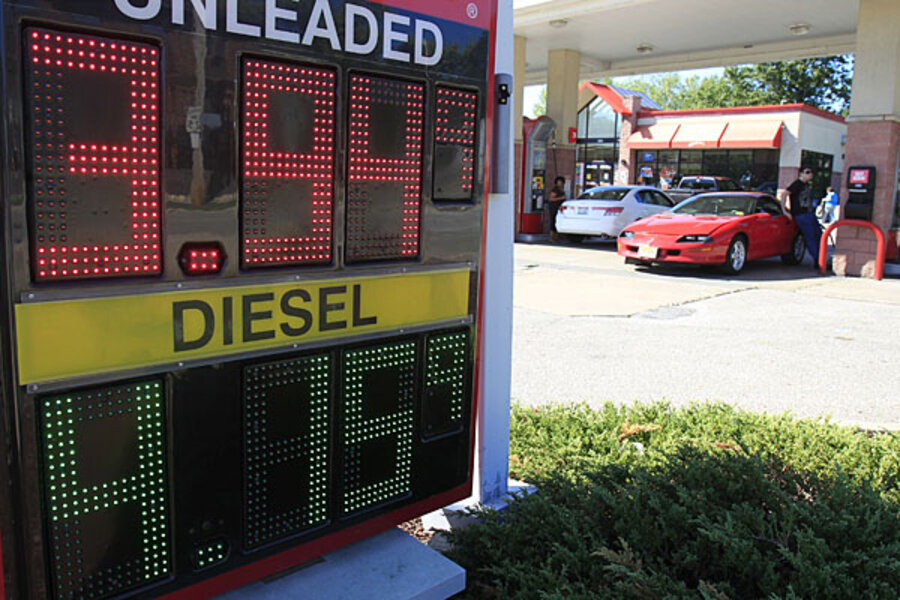A drop in gas prices on the horizon? Maybe.
Earlier this year, it looked as if the price of gasoline might cross the $5-a-gallon mark in the U.S. (In some places, it went well beyond that.) Analysts were screaming to the media, giving Cassandra-like interviews about fuel shortages and conflict in the Middle East. Gas-sipping rides became hugely popular, driving the average fuel economy of new cars sold to a record-high 24.1 mpg.
Then, it stopped. The change wasn't dramatic, but in April, gas prices began drifting down from their highs of around $3.90 a gallon. By July, they'd bottomed out at a national average of roughly $3.40.
Since then, however, prices have soared. Today, Americans are paying an average of $3.86 per gallon -- up two cents from yesterday, 16 cents from a month ago, and 21 cents from a year ago.
What gives?
Unfortunately, two factors have combined to make life difficult for drivers.
Summer-blend shortages
For starters, we're at the end of of the season for summer blend gasoline. Summer blend debuted in 1995 as a result of amendments to the Clean Air Act. It's created with additives that maintain their integrity in the warmer months, making gas easier and more environmentally friendly to store when the mercury begins to climb.
Summer blend isn't exorbitantly more expensive to manufacture than winter gasoline. However, before the changeover from winter to summer gas -- which starts in April and is complete by June 1 -- refineries slow production of winter gasoline, meaning that supply gets tighter. That explains, in part, why we saw a price spike in the spring, which relented once stores of winter gas had been used up and summer blend began shipping.
Now, we're on the flip side: refineries have stopped producing summer blend, meaning that supply is more limited than it was a couple of months ago. Complicating matters is the fact that according to federal law, winter-blend gasoline can't be sold before September 15, meaning that we're not likely to see any relief until after this weekend.
Summer storms
So, short supply of summer gas is one problem. The other is a certain hurricane by the name of Isaac -- or, more specifically, analysts' reactions to Isaac.
Isaac was not what most people -- even those of us in its direct path -- would call a major hurricane. True, it caused plenty of damage to homes, farms, and businesses in outlying areas of southeastern Louisiana, but compared to a Katrina or Camille or Betsy, it was a modest meteorological event.
But that's not how analysts saw it. Analysts saw oil extraction in the Gulf of Mexico dry up; they saw refineries along the coast shut down; they saw gas production and distribution disrupted. To them, that spelled "shortage", and in financial markets, "shortage" means "price hike".
In other words, Americans have found themselves at the center of a perfect storm, buffeted by short supplies of summer-blend gasoline, which have been exacerbated by Hurricane Isaac.
When will it end?
Hurricane Isaac is long gone. Most oil rigs in the Gulf of Mexico have resumed pumping operations, and refineries have opened their doors again.
Even better, as of Saturday, retailers can begin selling winter blend gasoline (formerly known as just "gasoline"). That means that gas stations across the country will have much more flexibility in what they stock and sell to customers.
Add those two together, and you should have a much freer flow of gasoline and much calmer analysts, which should precipitate a price drop over the next few weeks.
Don't get too comfortable, though. The North Atlantic hurricane season doesn't end until November 30, so another storm system could come along to hobble oil extraction and gasoline production. Or Iran could go off its meds and start threatening to shut down the Strait of Hormuz again. And of course, spring will be here before you know it, causing another spike in gas prices.
Enjoy it while you can.






